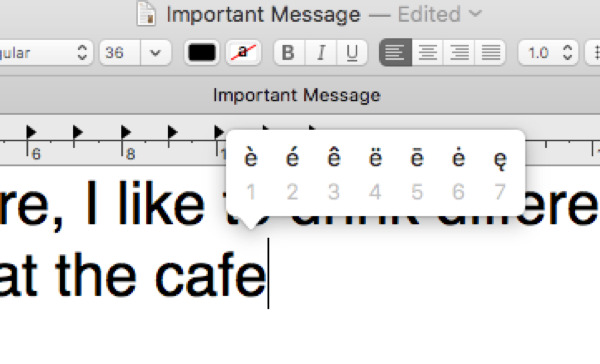

The rules for determining the default stressed and unstressed syllables are too complicated to cover in full here, but you’d be surprised at how many of the rules you may know just from listening to and speaking Spanish! Acute accents are particularly important for verb conjugations: conjugations can be absolutely identical save for an acute accent, so skipping the symbol might teleport your verb to an unintended tense.įor instance, the past subjunctive has – ara (AH-rah) endings for yo and él/ella/usted, but the simple future tense for él/ella/usted may have an – ará (ah-RAH) ending. These show up in everyday words and follow certain patterns. In Spanish words, there can be one or no acute accents per word. Many languages derived from Latin, such as Spanish, French and Italian, use acute accent marks. Acute accent – acento ortográficoĪcute accents are accent marks over vowels to indicate the stressed syllable if the stress differs from the default pattern.

There are a number of accent marks specific to Spanish language that are important to understand as part of your language learning process. You’ll also learn how to type Spanish accents on Windows and on Mac.
/iphone-accents-5953ebde3df78c1d427b96a8.jpg)
In this article, we’ll cover the types of accent marks in Spanish and why they matter. Words change meanings, verbs go from the past to the uncertain future, questions become answers, and more. These little lines, dots, and squiggles, also known as diacritical marks, may look ornamental and unassuming, but they can drastically change the meaning of written - and typed - Spanish. Spanish accent marks prove that big things come in small packages.


 0 kommentar(er)
0 kommentar(er)
